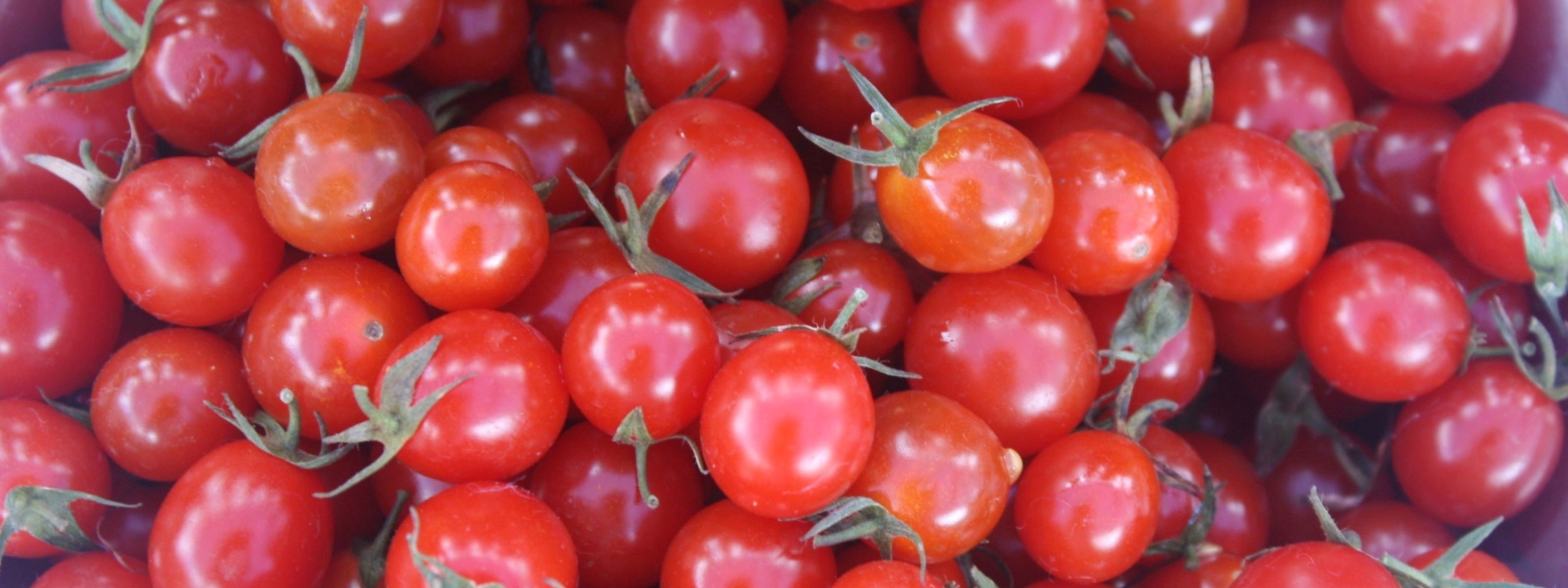Did you know that many of the world’s biggest commercial crops – like potatoes, tomatoes, eggplant, sweet and hot peppers and tobacco – come from the same family of plants? And that some important (and in some cases irreplaceable) drugs like scopolamine, atropine, nicotine and capsaicin are also produced by those plants? Gamble Garden contains numerous solanaceous plants such as tomatoes, tomatillos, potatoes, peppers, and eggplant, as well as the nastier members of the family including tobacco, petunias, California nightshade, and the deadly angel’s trumpet.
Below are some fun facts about the various solanaceous plants around Gamble Garden:
Solanaceous plants
* Solanaceous plants have alternating leaves, and most have five petals
* Be very careful of which parts of a solanaceous plant you eat; some parts can be toxic
Potato
* The potato is a native of South America and was only brought to Europe by Spanish conquistadors in the 16th century
* The potato plant utilizes buzz pollination to make sure only certain kinds of bees get access to its pollen.
* The leaves and flowers of the potato are poisonous!
Eggplant
* In the 1700s, early European versions of eggplant were smaller and yellow or white. They looked like goose or chicken eggs, which led to the name “eggplant.”
* Eggplant leaves are not edible.
* Some people are allergic to the eggplant due to the small presence of alkaloids.
Peppers
* Peppers are native to Mexico
* All peppers except bell peppers contain a chemical called capsaicin, which makes them spicy.
* Only mammals are affected by capsaicin; birds eat chili peppers regularly without discomfort or side effect.
Angels Trumpet
* This exotically beautiful plant is probably the most poisonous plant to be found in Gamble Garden
* Every part of the angel trumpet is highly poisonous, including the leaves, flowers, seeds and roots.
Petunia
* The name ‘petunia’ comes from a South American native word for ‘tobacco’
* Ancient Mayans and Incans believed the petunia’s scent would ward off underworld monsters and spirits

Material for this post was taken from a special member tour led by Dr. Doug Kalish, a biology PhD and longtime Gamble volunteer, in August 2019. Dr. Kalish began the tour with an overview of solanaceous plants and how to identify them, them led members through Gamble Garden where he pointed out the solanaceous plants growing there. The next day, Dr. Kalish led additional tours for the general public at Gamble’s August Second Saturday event.
Tour participants had the opportunity to examine edible solanaceous plants such as tomatoes, tomatillos, potatoes, peppers, and eggplant, as well as the nastier members of the family including tobacco, petunias, California nightshade, and of course the deadly angel’s trumpet. Throughout the tour, Dr. Kalish kept everyone entertained with fascinating trivia about each plant. Thank you Dr. Kalish for sharing your time and talents with the community!
